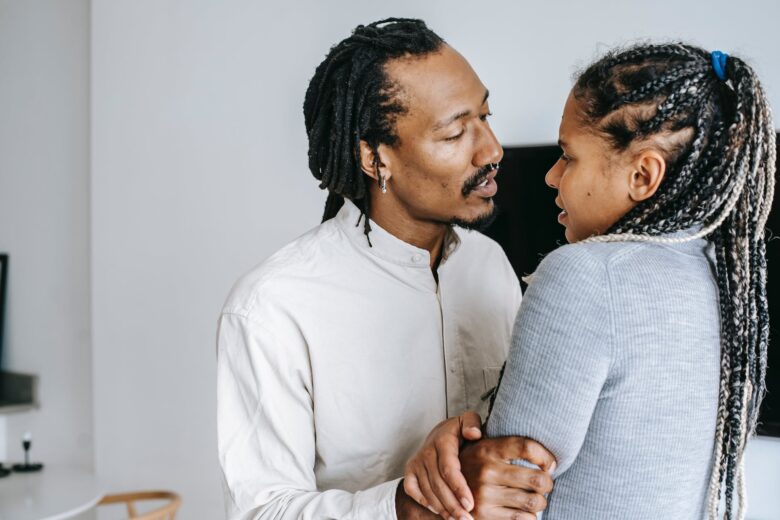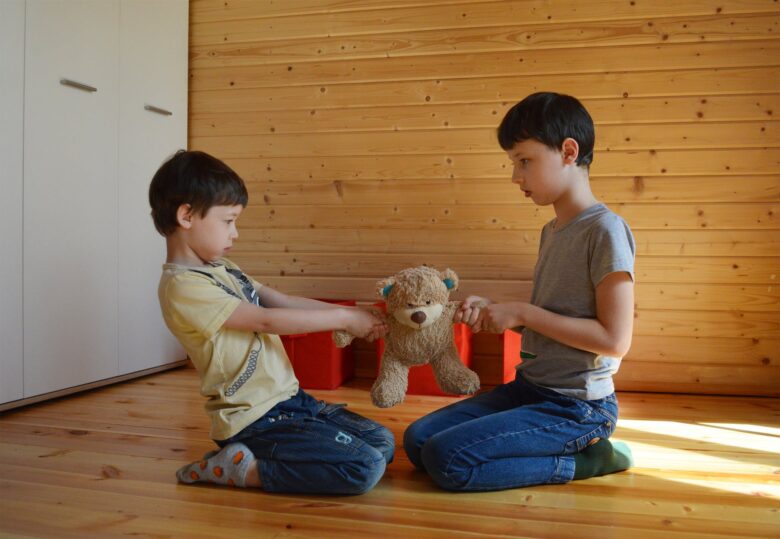Passive-aggressive behavior is a type of social interaction that has a characteristic of both passivity and aggressiveness. It involves words or actions that seem to be passive but are actually aggressive in intent.
People who engage in such behavior typically intend to communicate the anger or frustration they feel but do not want to appear hostile.
The underlying message in these behaviors is, “I’ll get you back for this.” But why wouldn’t the person just say what they meant?
Hiding the intent of one’s message is a form of deception. For this reason, passive-aggressive behavior is often accompanied by other forms of manipulation or control. It can also be used to project blame onto others and create false impressions for oneself.
Dealing with people engaging in passive-aggressive communication can take a toll on you if you don’t understand it. If you’re dealing with a person who does not engage in direct communication, it’s important to take note of these behaviors and understand the underlying intent.
Here’s how to deal with such people and why and how to seek the best online therapy services like ones from https://therapy-reviews.com/
Examples of Passive-Aggressive Behavior

Passive-aggressive behavior may manifest as sarcasm, stubbornness, procrastination, deliberate misunderstandings, and forgetfulness. But passive aggression can be confusing for those on the receiving end because it seems like someone is being nice when they are actually angry.
So, how can you tell if someone is passive-aggressive? Consider the following passive-aggressive behavior examples:
- Deliberate procrastination: When confronted with something they don’t want to do; passive-aggressive individuals will deliberately drag their feet. The hope is that the person pressuring them will get frustrated and go away.
- Deliberate forgetfulness: Passive-aggressive people may forget to do what they said they would or deliberately make a mess of things so it looks like no one could have completed the task.
- Sarcasm as hostility bait: In this case, sarcasm is meant to send the message, “That was a dumb idea.”
Causes of Passive Aggressiveness

Passive aggression can have dire consequences on relationships. Individuals with this behavior can be a burden on their families, spouses or partners, friends, and colleagues because of how they get things done.
It’s important to know the underlying cause of this behavior, so you can decide if it will help to ask them about it directly (and that might be hard) or find different ways to manage the situation.
1. Upbringing
People can grow up in an environment where they are made to feel worthless. As a result, passive-aggressive behavior can be a learned coping mechanism for them. It’s important not to ignore this type of person because their pain may stem from something that happened years ago.
The best way to deal with this situation is to reach out and offer support.
The person may not be aware that they’re doing it, or the behavior might have become so ingrained in them over time that their natural reactions are now the same as when they were growing up.
Passive aggressiveness is also seen because of the way an individual was socialized as they were growing up. Some parents teach their children that it’s not okay to express anger, sadness, or other feelings openly, so the child learns how to act out through passive-aggressive traits.
2. Situational Passive aggression

Some people become passive-aggressive because they feel powerless in their current situation. They might not be getting what they want, so they act out by making other people’s lives difficult. This type of passive-aggressive behavior is often seen when an individual has been bullied or taken advantage of for a long time.
Passive aggressiveness can also happen because the person feels like they’re not allowed to act aggressively due to their setting. As a result, they’ll be less assertive and behave in a passive-aggressive manner.
3. Taking the Easy Way Out
Some people might resort to passive-aggressiveness because it’s easier than dealing with the consequences of being assertive.
For instance, if someone has a problem at work and goes to their boss, they’re likely to be reprimanded for not speaking up sooner or given another assignment that takes them away from what they were doing before.
Therefore, it’s easier to deal with the problem by being passive-aggressive and not asking for help.
How to Handle Passive-Aggressive People

Passive-aggressive behavior often stems from feeling powerless, which is why it’s important to show these people that they are respected and have a voice. People who act in passive-aggressive ways may do so because they’re dealing with an issue where their needs will not be met, or the solution won’t address the problem at all.
The person might also feel scared of other consequences that may arise from openly discussing the issue. Bearing this in mind will inform you on how to respond.
It’s also crucial to keep your anger in check when you notice this aggressive behavior. Reframing the person’s actions as a cry for help will make you more inclined to offer support, which is usually what they need to change their ways.
Simply acknowledging these behaviors with someone can be enough of an aid or solution at times. However, if you’ve tried to help but nothing has changed, you may want to call in someone else who can help with the situation.
Personality types characterized by passive-aggressive behavior usually have low self-esteem or were raised in environments where they didn’t receive much attention. Therefore, seeking professional help is a good first step.
Recognize Your Patterns

It’s easy to see these behaviors in others, but it isn’t easy to recognize them in ourselves. Here are a few signs that you might be exhibiting passive-aggressive behavior:
- You procrastinate on tasks.
- You sulk when you’re upset with someone instead of having a conversation with them.
- You think people don’t understand your needs.
- You’re self-conscious about asking for what you want and need from other people, which leads to hurt feelings.
- You avoid people you’re upset with.
- You act like there’s nothing wrong when something has upset you deeply.
- You put things off to hurt others.
- You use sarcasm to avoid having meaningful conversations.
A passive-aggressive trait often stems from a feeling of powerlessness. If you recognize any patterns in your behavior, here are some actions to take:
- Talk about it with someone who can give an objective opinion and help provide solutions.
- Practice expressing yourself without fear of the other person’s response.
- Even if they’re small, take steps to feel more powerful and confident in your abilities.
- Give yourself time to make changes.
Wrapping Up
Passive aggressiveness can damage relationships. Often, you may be responding similarly but can’t tell. Therefore, it’s best to observe your behavior as well and make changes. However, don’t be too hard on yourself.
If you suspect that you or a loved one has passive-aggressive personality disorder, it’s best to see a therapist. A professional will be able to give you more feedback and help you find the best solution.
What’s more, they’re in a better position to discover the cause and suggest the best cause of action. However, take some time to find a therapist that meshes well with your needs for the best results.


